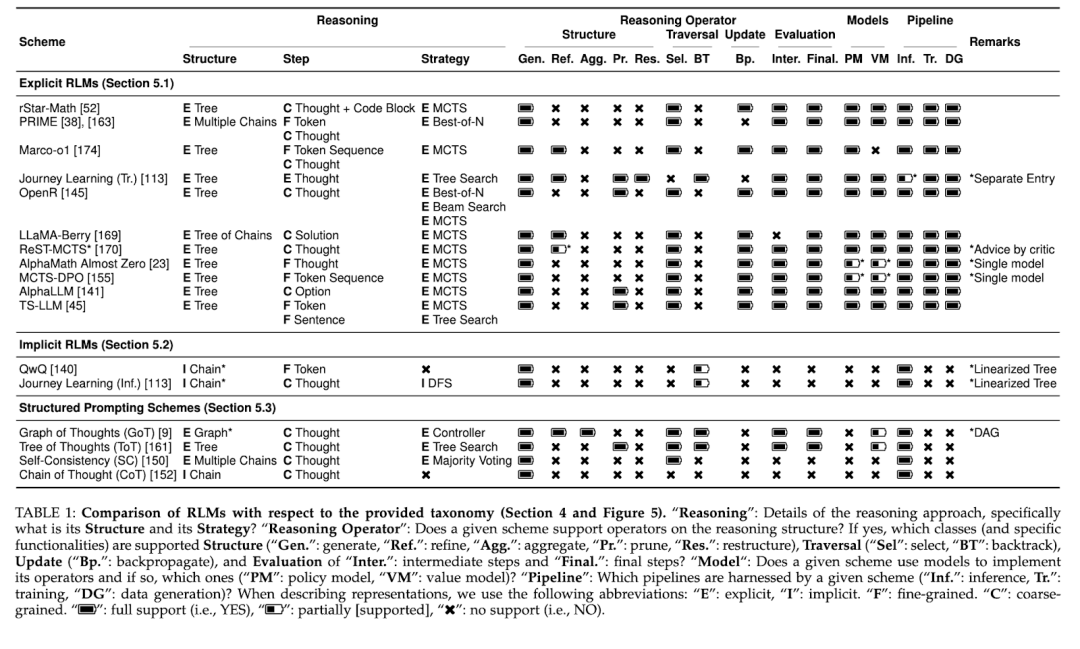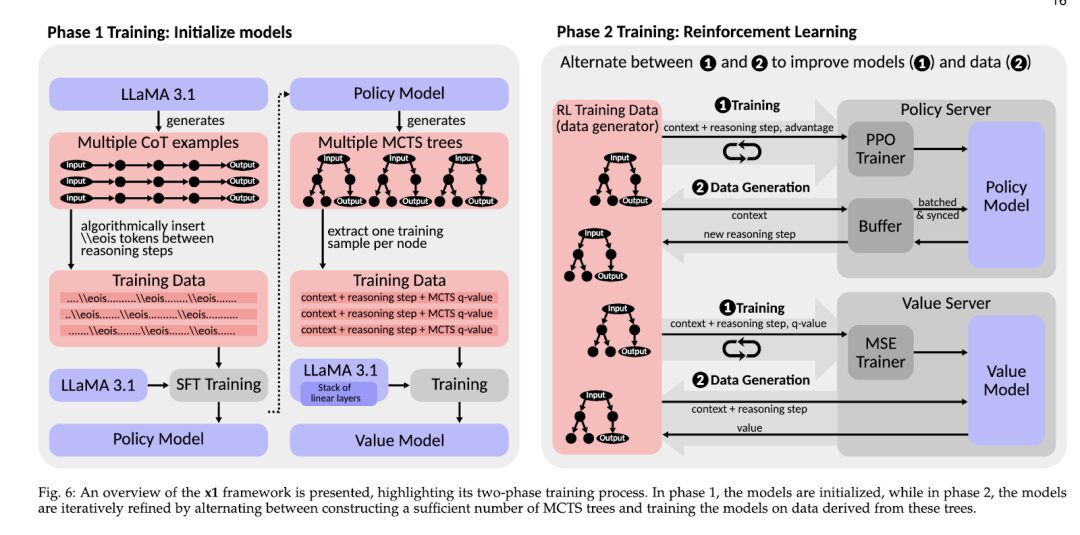Click
Follow us by clicking the blue text above
This paper introduces a modular blueprint and the X1 framework aimed at advancing the development of accessible and scalable Reasoning Language Models (RLMs) by combining reinforcement learning and hierarchical reasoning strategies, simplifying the design and deployment of RLMs, enhancing efficiency, and reducing costs.
Paper Introduction
By integrating artificial intelligence with the development of large language models (LLMs) and reinforcement learning in high-performance computing, the newly developed Reasoning Language Models (RLMs) may surpass the traditional limitations applied to language systems, moving towards explicit or even structured mechanisms to achieve complex reasoning solutions across different domains. This development milestone represents the next significant step toward better contextual insights and decision-making.
The design and deployment of modern RLMs present numerous challenges. Their development is costly, with specific restrictions and complex architectures that limit accessibility. Moreover, the technical ambiguity surrounding their operation creates barriers for organizations and researchers to leverage these technologies. The lack of affordable and scalable solutions exacerbates the gap between entities that can access cutting-edge models and those that cannot, limiting broader innovation and application opportunities.

Current RLM implementations rely on complex methods to achieve their reasoning capabilities. Techniques such as Monte Carlo Tree Search (MCTS), Beam Search, and reinforcement learning concepts like process-based and outcome-based supervision have been adopted. However, these methods require advanced expertise and resources, limiting their utility in smaller organizations. While LLMs like OpenAI’s O1 and O3 provide foundational capabilities, their integration with explicit reasoning frameworks remains limited, leaving the potential for broader implementation untapped.
Researchers from ETH Zurich, BASF SE, Cledar, and Cyfronet AGH introduced a comprehensive blueprint to simplify RLM design and development. This modular framework unifies different reasoning structures, including chains, trees, and graphs, allowing for flexible and efficient experimentation. The core innovation of this blueprint lies in the combination of reinforcement learning principles with hierarchical reasoning strategies, enabling scalable and cost-effective model construction. As part of this work, the team developed the X1 framework, a practical tool for researchers and organizations to rapidly build RLM prototypes.

The blueprint organizes the construction of RLMs into a set of clear components: reasoning schemes, operators, and pipelines. Reasoning schemes define the structures and strategies used to tackle complex problems, ranging from sequential chains to multi-level hierarchical graphs. Operators control how these patterns vary, allowing for smooth inclusion of fine-tuning, pruning, and restructuring of reasoning paths. Pipelines facilitate easy flow between training, reasoning, and data generation, adaptable to various applications. This block component structure supports individual access, while models can be fine-tuned for fine-grained tasks such as token-level reasoning or broader structural challenges.
The team demonstrated the effectiveness of the blueprint and the X1 framework through empirical research and practical applications. This modular design offers multi-stage training strategies that can optimize strategies and value models, further enhancing reasoning accuracy and scalability. It leverages familiar training distributions to maintain high precision across applications. Notable results include significantly improved efficiency of reasoning tasks due to the streamlined integration of reasoning structures. For example, it empirically demonstrated the potential of effective retrieval-augmented generation techniques, reducing computational costs in complex decision scenarios. These breakthroughs indicate that the blueprint allows even resource-constrained organizations to democratize advanced reasoning technologies.

This work marks a turning point in RLM design. It addresses significant issues of accessibility and scalability, enabling researchers and organizations to develop new reasoning paradigms. The modular design encourages experimentation and adaptation, helping to bridge the gap between proprietary systems and open innovation. The introduction of the X1 framework further emphasizes this work by providing practical tools for developing and deploying scalable RLMs. This work offers a roadmap for advancing intelligent systems, ensuring the benefits of advanced reasoning models are widely shared across industries and disciplines.
Paper Download
-
Paper Address: https://arxiv.org/abs/2501.11223
⇩ Follow “Singularity Intelligence” to explore “Artificial Intelligence” ⇩